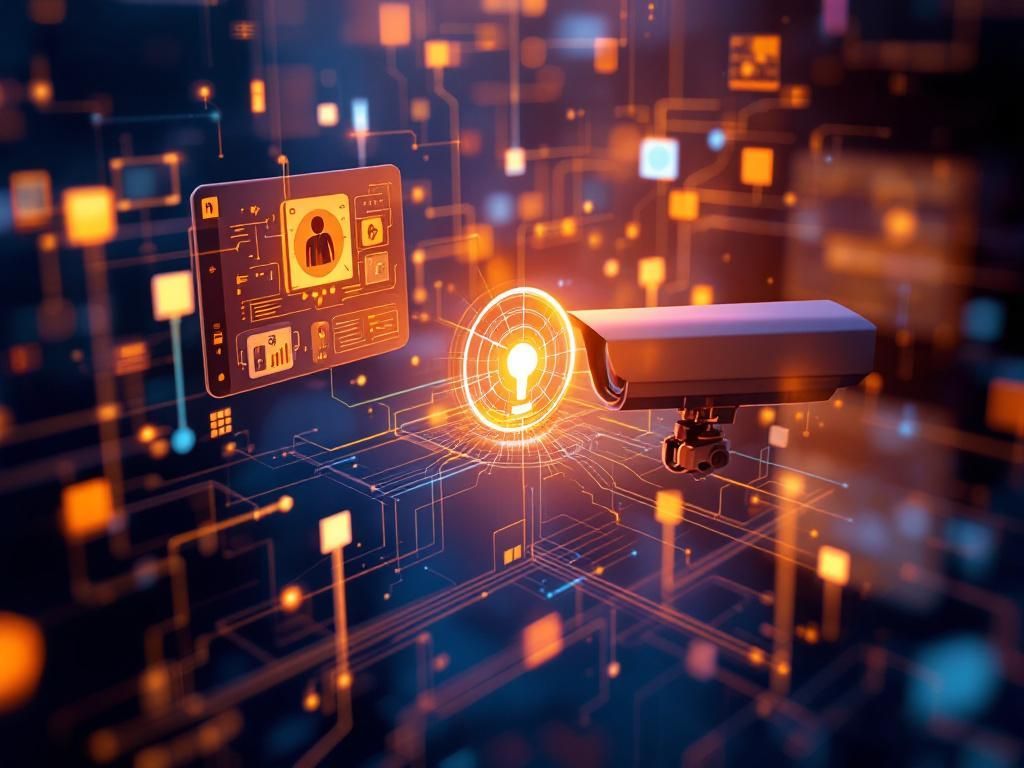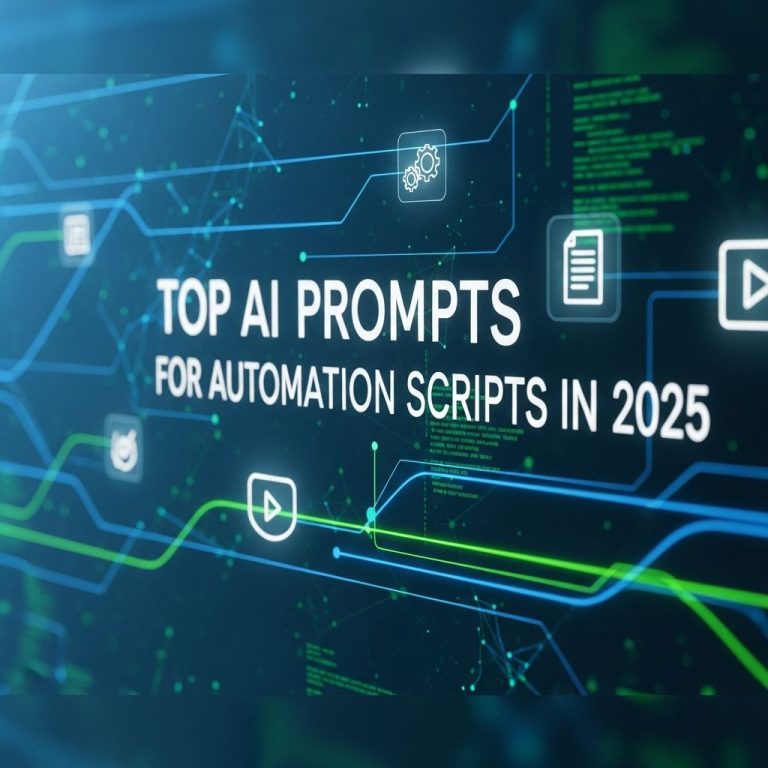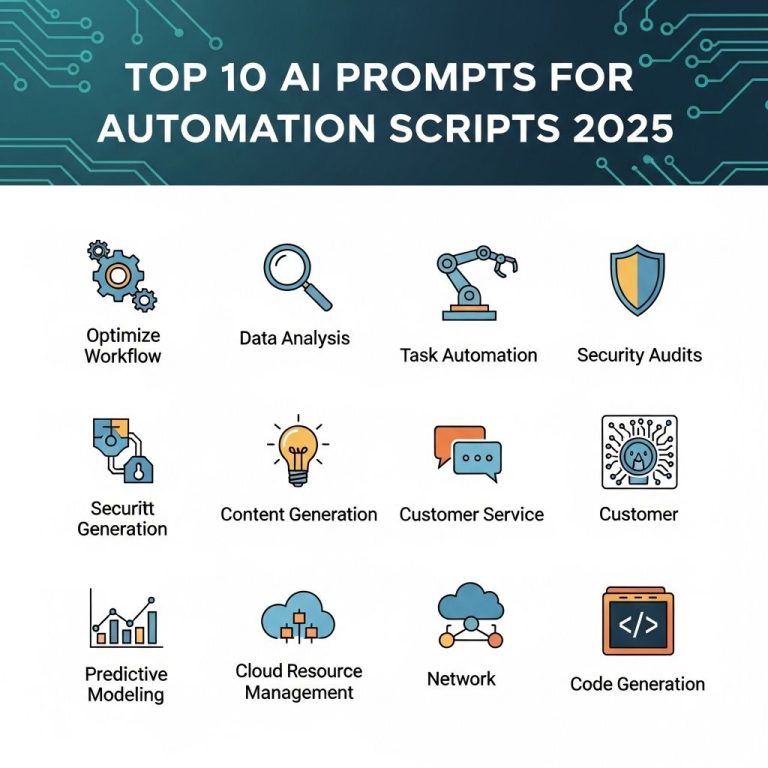In an era where technology evolves at an unprecedented pace, the landscape of surveillance has significantly transformed. Traditional security systems, reliant on human monitoring and basic recording devices, are now being supplemented—and in some cases, replaced—by advanced artificial intelligence (AI) video tools. These innovations offer enhanced capabilities that not only improve security measures but also streamline operations across various sectors.
The Evolution of Surveillance Technology
Surveillance technology has come a long way since the inception of closed-circuit television (CCTV) cameras. The use of video footage for security dates back decades, but the integration of AI has ushered in a new age. Key historical milestones include:
- 1970s: The introduction of analog CCTV systems.
- 1990s: Digital video recorders (DVRs) began replacing VHS tapes, allowing for better storage and retrieval of footage.
- 2000s: The advent of networked cameras, enabling remote access and monitoring via the internet.
- 2010s: The incorporation of AI technology to analyze video feeds in real-time.
Understanding AI Video Tools
AI video tools represent a sophisticated array of technologies designed to enhance the capabilities of video surveillance systems. These tools leverage machine learning and computer vision to interpret video feeds intelligently. Key features include:
Facial Recognition
This technology allows systems to identify individuals by comparing live footage with stored images in databases. Its applications can range from law enforcement to secure access control.
Object Detection
AI algorithms can detect and classify objects within a scene, providing real-time alerts for unusual activities or breaches. This feature is vital in various settings, including retail, logistics, and public safety.
Behavior Analysis
Advanced AI tools can analyze behavior patterns, identifying potential threats based on unusual or suspicious movements. This proactive approach enables early intervention and enhances safety protocols.
Benefits of AI-Powered Video Surveillance
The integration of AI into surveillance systems offers numerous advantages:
- Increased Accuracy: AI reduces the risk of human error by providing precise analysis and reducing false positives.
- Real-Time Monitoring: Continuous analysis allows for immediate alerts and responses, crucial for security personnel.
- Cost-Effectiveness: Automated monitoring can reduce the need for extensive manpower, leading to significant savings.
- Data-Driven Insights: AI tools can generate actionable insights from video data, improving decision-making processes.
Applications Across Industries
AI video tools are not limited to traditional security sectors; their applications span a wide array of industries:
Retail
In retail environments, AI surveillance systems are used to monitor customer behavior, optimize inventory management, and prevent theft. For instance:
| Use Case | Description |
|---|---|
| Customer Tracking | AI tools analyze foot traffic and dwell times, helping retailers tailor marketing strategies. |
| Theft Prevention | Real-time alerts for suspicious behavior can significantly reduce losses. |
Transportation
Transportation hubs such as airports and train stations utilize AI surveillance for crowd management and security checks. Key benefits include:
- Improved passenger flow through predictive analytics.
- Enhanced security with facial recognition for boarding processes.
Healthcare
In healthcare settings, preserving patient confidentiality and safety is paramount. AI video tools assist in:
- Monitoring patient behavior to prevent falls and other accidents.
- Ensuring compliance with safety protocols in hospitals and clinics.
Challenges and Considerations
Despite the numerous advantages of AI video tools, several challenges persist:
Privacy Concerns
The use of surveillance technology raises significant privacy issues. Protecting individuals’ rights and ensuring data security is paramount. Organizations must comply with local regulations and ethical standards.
Data Management
AI systems generate massive amounts of data, necessitating robust data management strategies. Companies must invest in secure storage solutions and ensure accurate data processing capabilities.
The Future of AI in Surveillance
The future of surveillance technology lies in further advancements in AI. Key trends that are shaping this landscape include:
- Integration with IoT devices for enhanced data collection.
- Increased focus on ethical AI to address privacy concerns.
- Development of more sophisticated algorithms that can learn and adapt in real-time.
Conclusion
As organizations continue to seek effective solutions for safety and security, AI video tools present a revolutionary approach to surveillance. Their ability to provide accurate, real-time insights makes them indispensable in a variety of sectors. While challenges remain, the ongoing evolution of technology promises a future where surveillance is not only more efficient but also more respectful of individual privacy and rights. Embracing these innovations will be critical for those looking to enhance security measures while navigating the complexities of modern technology.
FAQ
What are AI video tools for surveillance?
AI video tools for surveillance are advanced technologies that utilize artificial intelligence to analyze video footage in real-time, enhancing security by detecting anomalies, recognizing faces, and identifying objects.
How can AI improve surveillance systems?
AI improves surveillance systems by automating the analysis of video feeds, reducing the need for human monitoring, increasing accuracy in threat detection, and enabling faster response times to incidents.
What industries benefit from AI video surveillance?
Industries such as retail, transportation, banking, and public safety benefit from AI video surveillance by enhancing security measures, improving operational efficiency, and providing valuable insights into customer behavior.
Are AI video surveillance tools compliant with privacy laws?
Many AI video surveillance tools are designed with privacy compliance in mind, incorporating features such as data encryption and anonymization to adhere to regulations like GDPR and CCPA.
What features should I look for in AI video surveillance software?
Look for features such as real-time analytics, advanced alert systems, facial recognition capabilities, cloud storage options, and integration with existing security systems.




